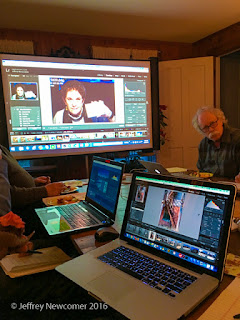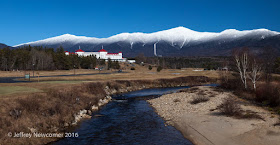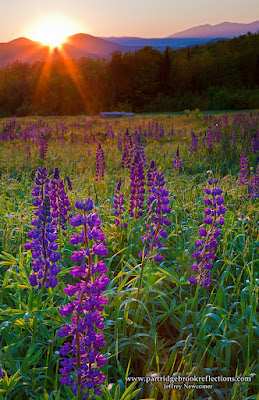Often after a season ends I will do a retrospective blog article celebrating some of the best images of the season. As I think back on this last winter, I realized that, for me at least, it was a one day season, and that one day was in April.
 |
| A Christmas Stroll |
 |
| Window on the Storm |
 |
| Roads End Wall |
By early April I had abandoned hope and switched to Spring anticipation mode, but then on April 4th a storm blew through and gave me my one brief taste of winter. It was just for a few hours and by the end only about 3-4 inches had accumulated, but I was able to get out and grab a few precious images of my only real winter storm of the season.
 |
| Tree in the Storm |

 |
| Pointillism Barn |
 |
| Spring Storm |
 |
| Main Street Storm |
I was only out for a couple of hours before the snow faded away, but it was amazing how many different impressions were possible with just a spin of the camera dial. And then it was over. The warm April sun dissolved the scant cover in a couple of days and, although I never captured my "Winter Wonderland" shot, I'm still happy that I salvaged this one day before the "winter that wasn't" melted to a merciful end.
Now the buds are beginning to pop and I'm ready for spring.
 |
| Woodpile Spring, Hubner Farm, Chesterfield, NH |
Jeffrey Newcomer
partridgebrookreflections.com



















































